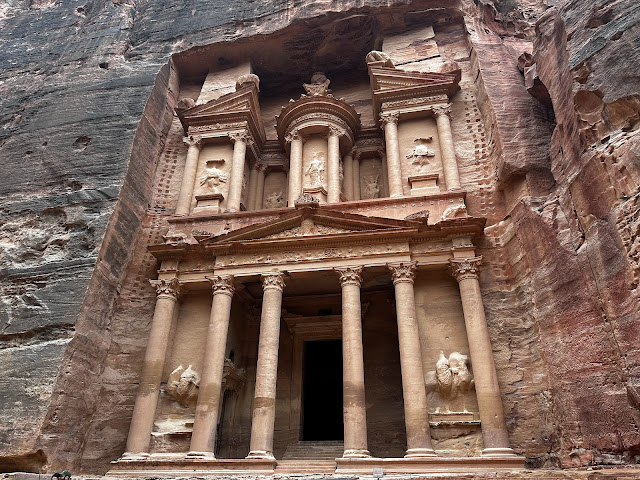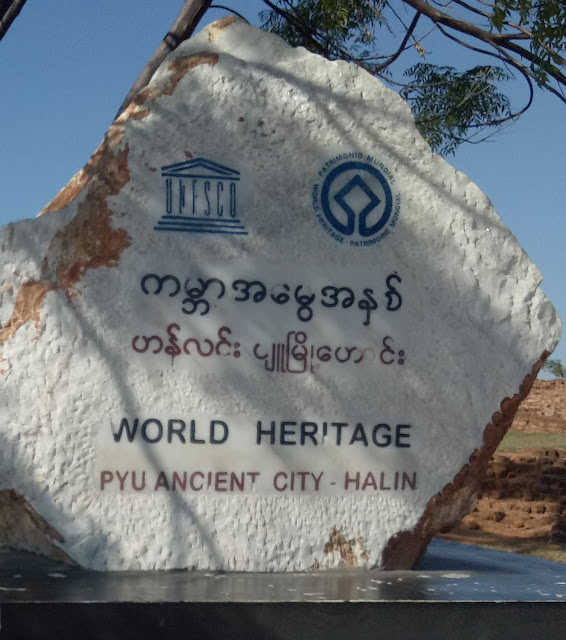The Colossi of Memnon
The Colossi of Memnon are two massive statues constructed using blocks of quartzite sandstone. The statues represent the 18th dynasty Pharaoh Amenhotep III who ruled Egypt between 1390 BCE and 1352 BCE. The two statues stand at the front of the Mortuary Temple of Amenhotep III (built by the main architect Amenhotep, son of Hapu around 1350 BCE) which is believed to have been destroyed by an earthquake which occurred around 1200 BCE. At the time of its’ construction, the temple was the largest in the Necropolis of Thebes.
 |
| The Colossi of Memnon |
Even though, certain inscriptions may differ, the two statues are believed to have been identical to each other when they were initially constructed. The twin statues depict Pharaoh Amenhotep III in a seated position, his hands resting on his knees and facing towards the Nile River. There are two shorter figures carved into the front throne alongside his legs representing his wife Tiye and mother Mutemwiya.
 |
| The features above the waist including the face of both the statues are currently unrecognizable |
The two statues
have experienced substantial damage over the years, both as a result of
earthquakes and the flooding of the Nile River. The features above the waist
are almost unrecognizable. From the original carvings of the king’s wife Tiye and mother
Mutemwiya, only the carving of Queen Tiye located in front of the throne
alongside the right leg of the southern (western) statue appears to be
relatively intact. The side panel of the statue depicts two relief images of
the deity Hapi.

The southern (western) statue with the carving of Queen Tiye located in front of the throne alongside the right leg still remaining relatively intact 
The northern (eastern) statue
The statues contain 107 Roman-era inscriptions in Greek and Latin, dated to between 20 CE and 250 CE. Many of the inscriptions on the northern most (eastern) statue made reference to the Greek mythological king “Memnon”, whom the statue was erroneously though to represent when initially discovered. It is also debated that the identification of the northern colossus as "Memnon" is connected to the Greek name for the entire Necropolis of Thebes as the “Memnonium”.
 |
| The colossal statue depicting the royal couple, Amenhotep III and his wife Tiye, currently on display at the Museum of Egyptian Antiquities in Cairo |




Comments
Post a Comment